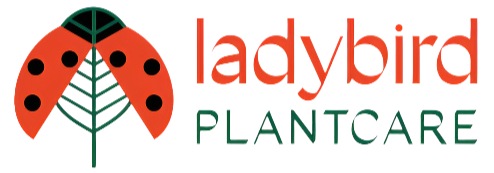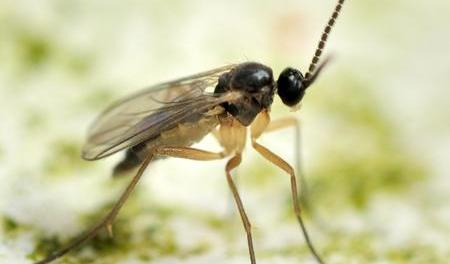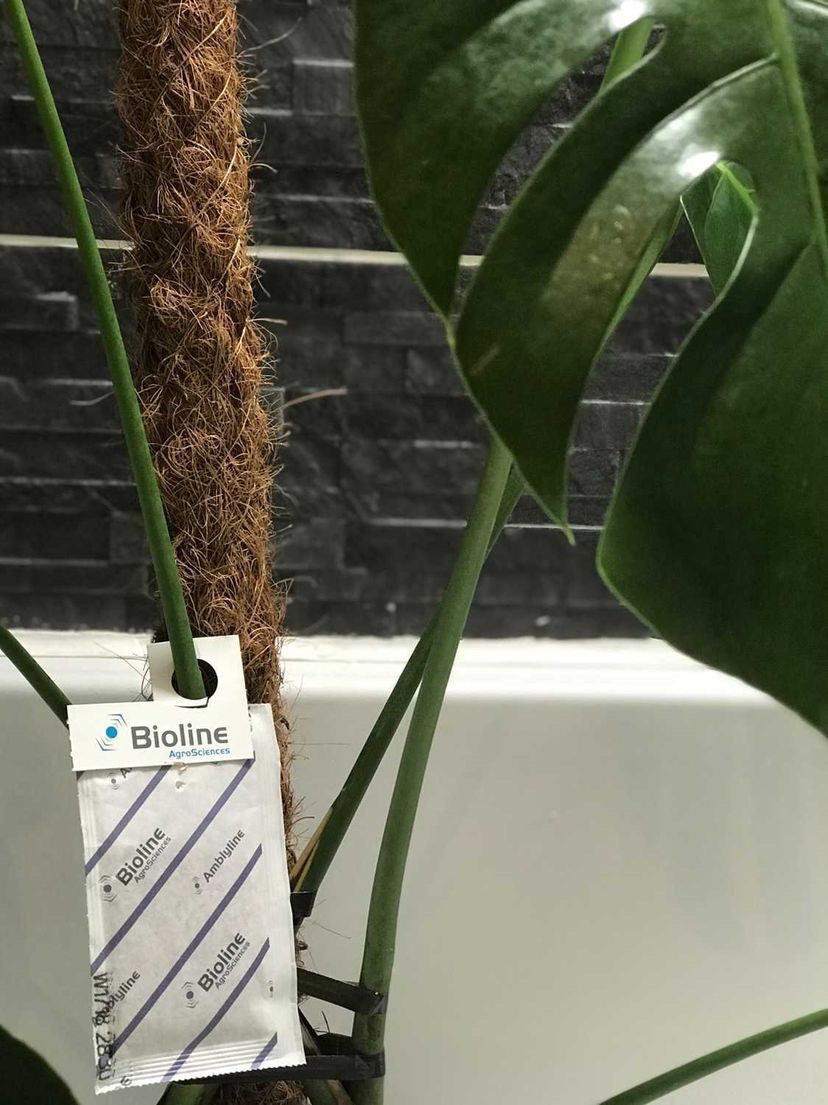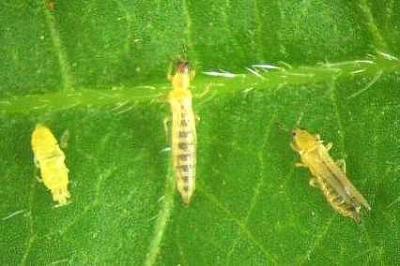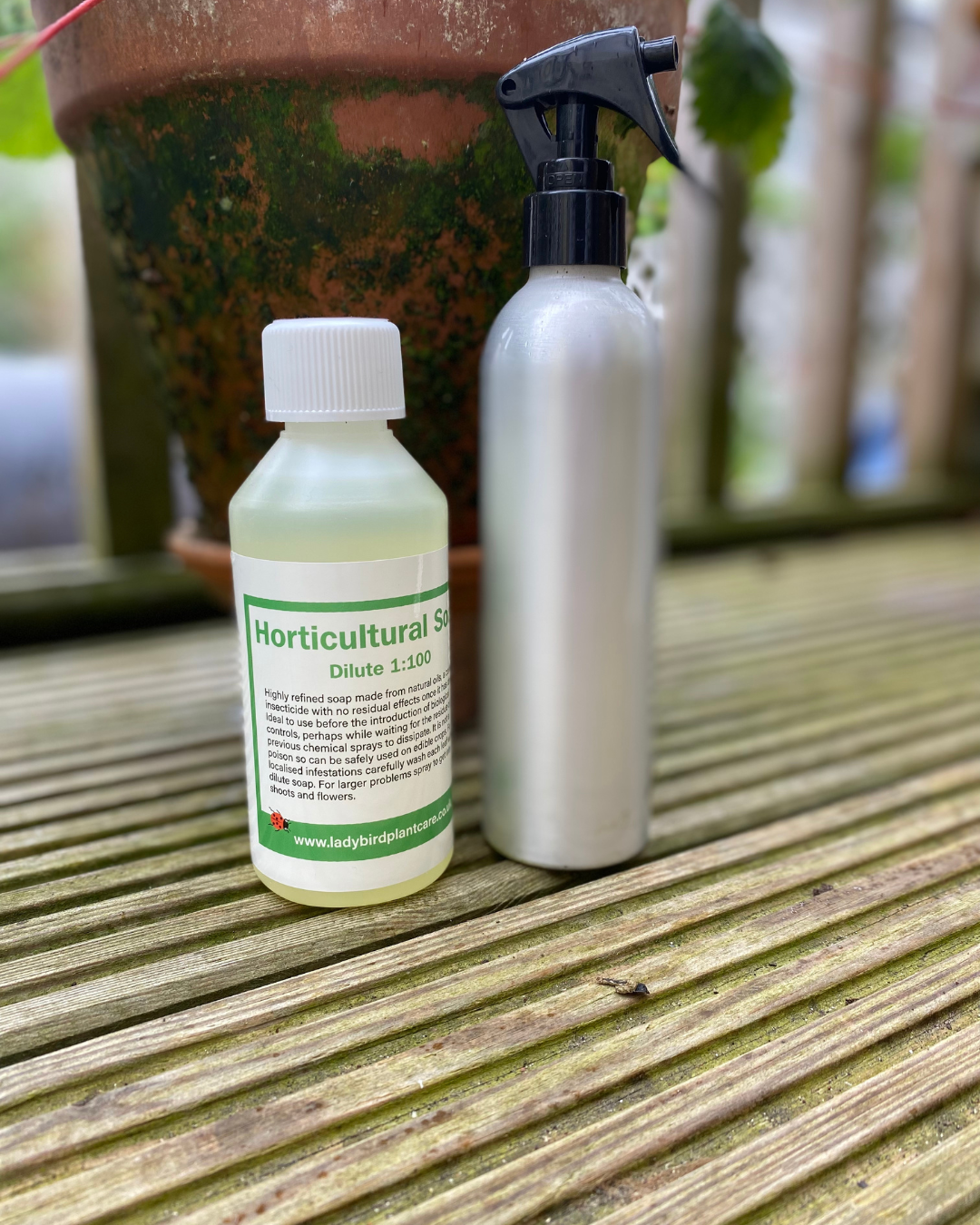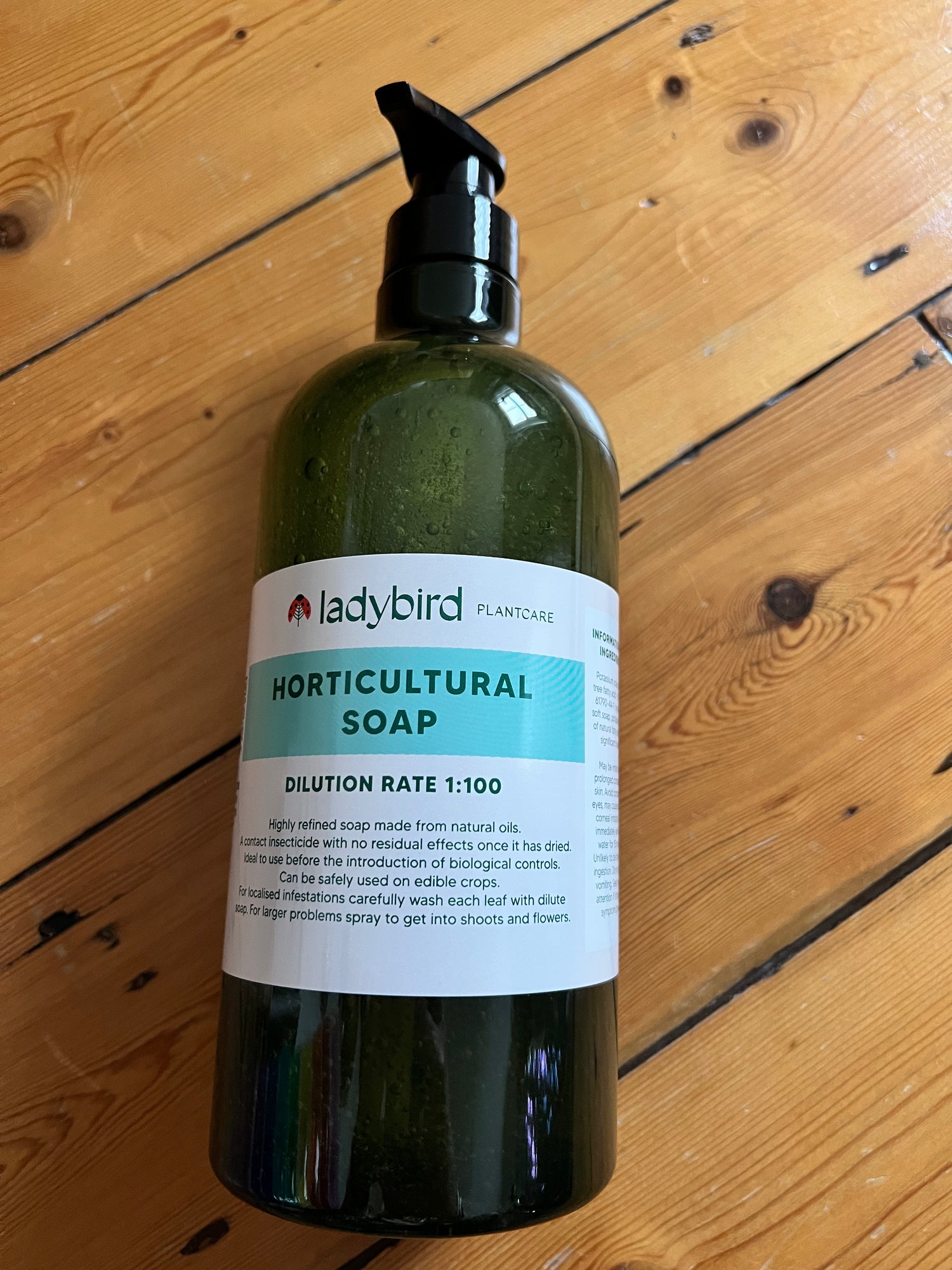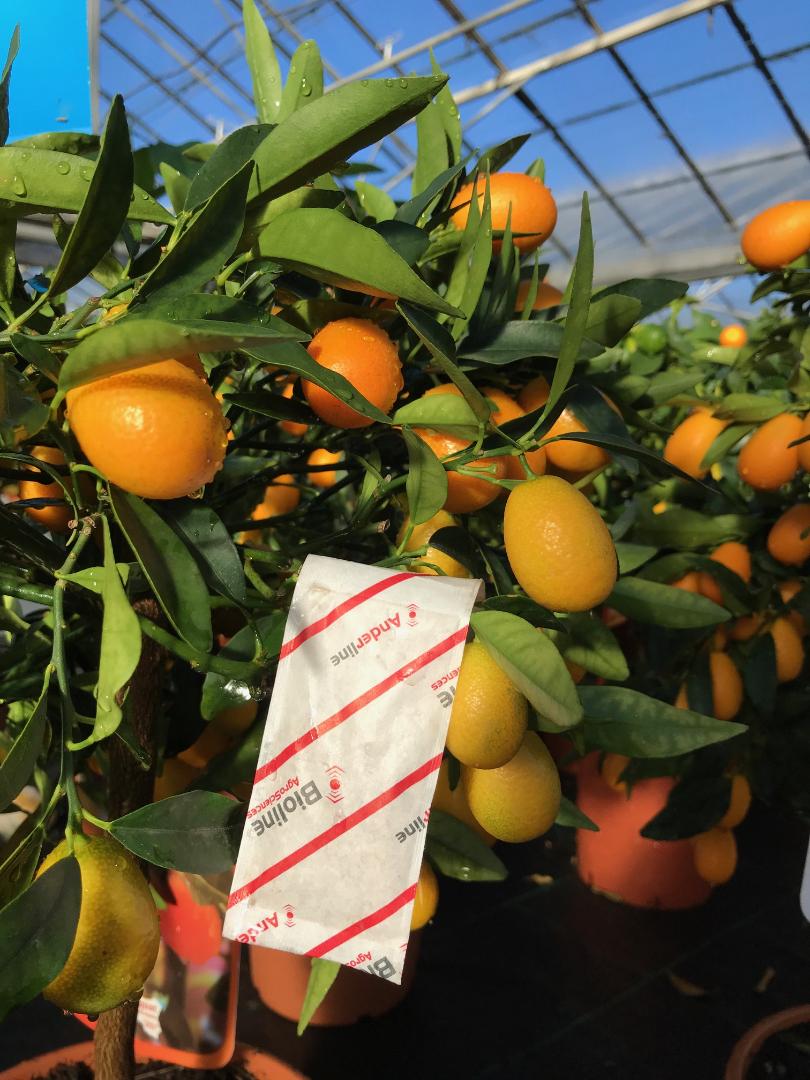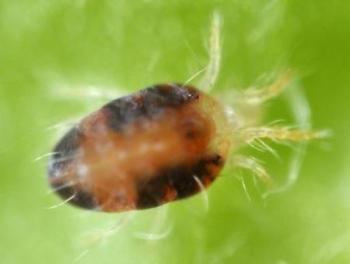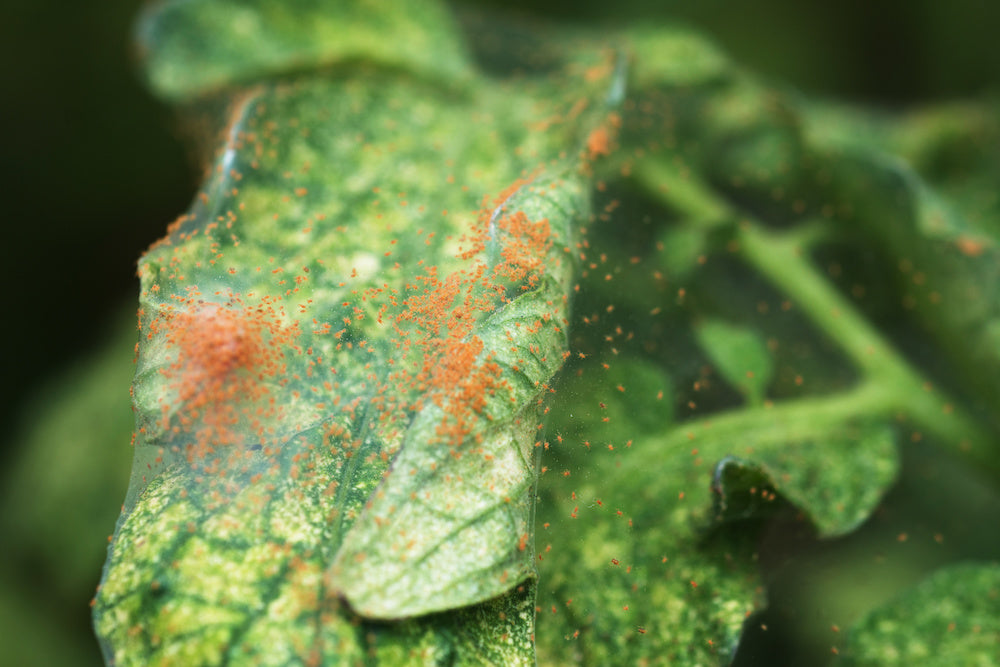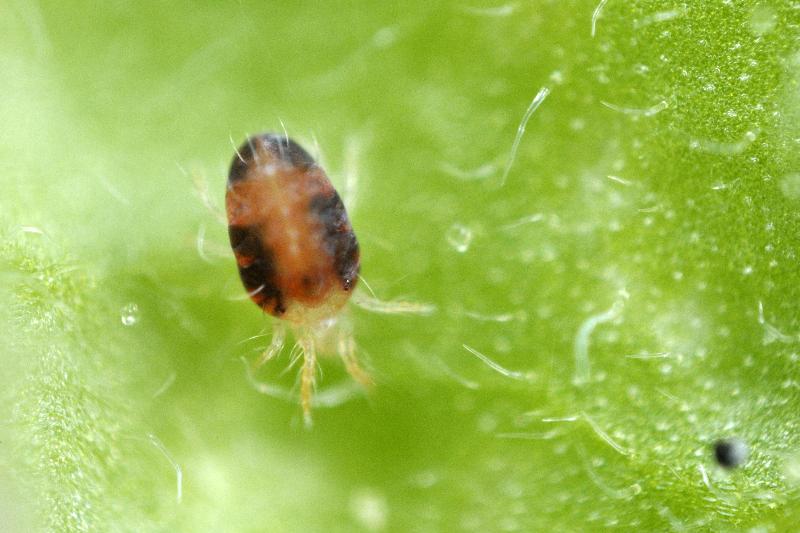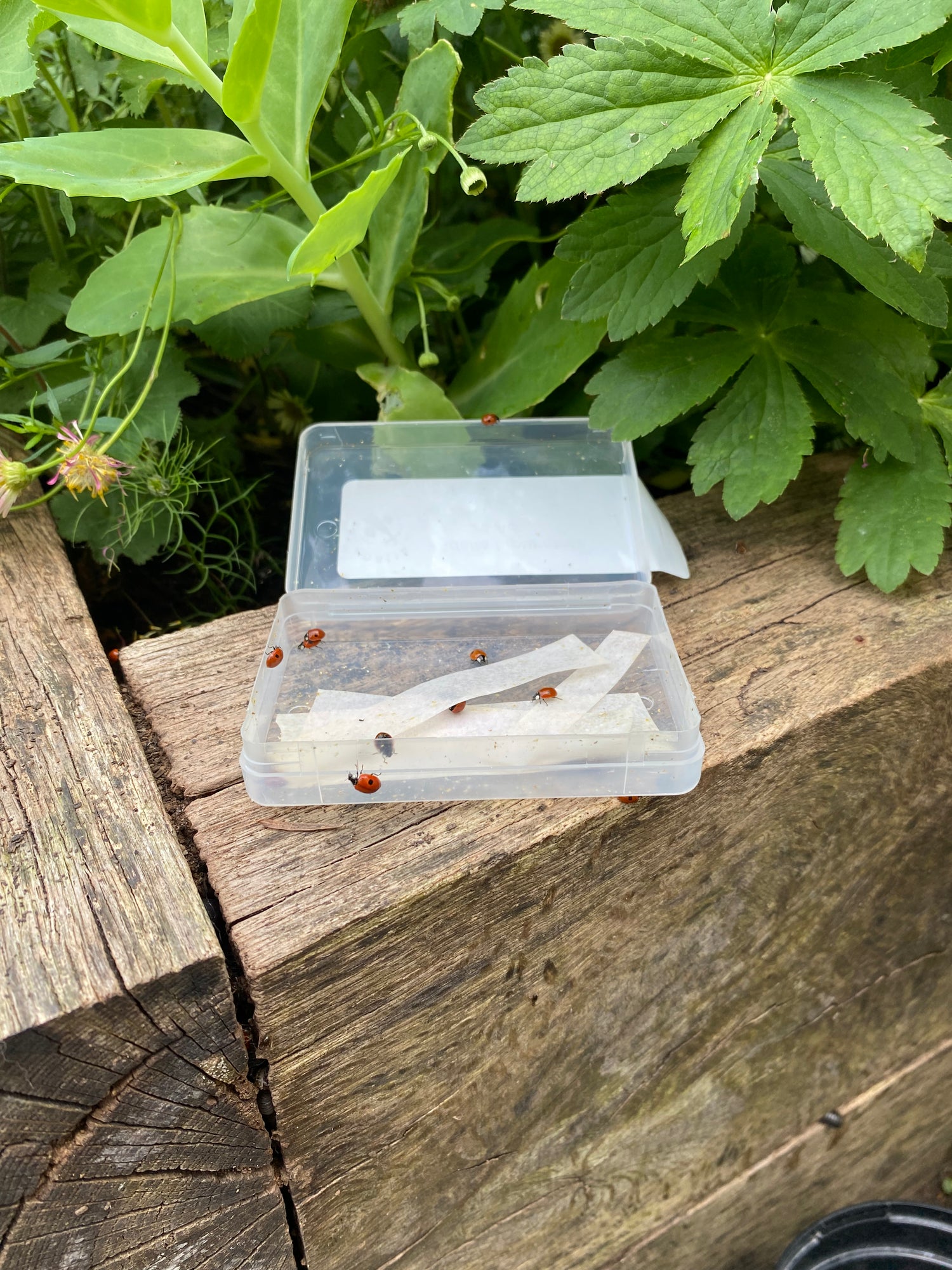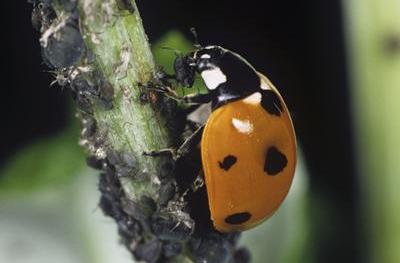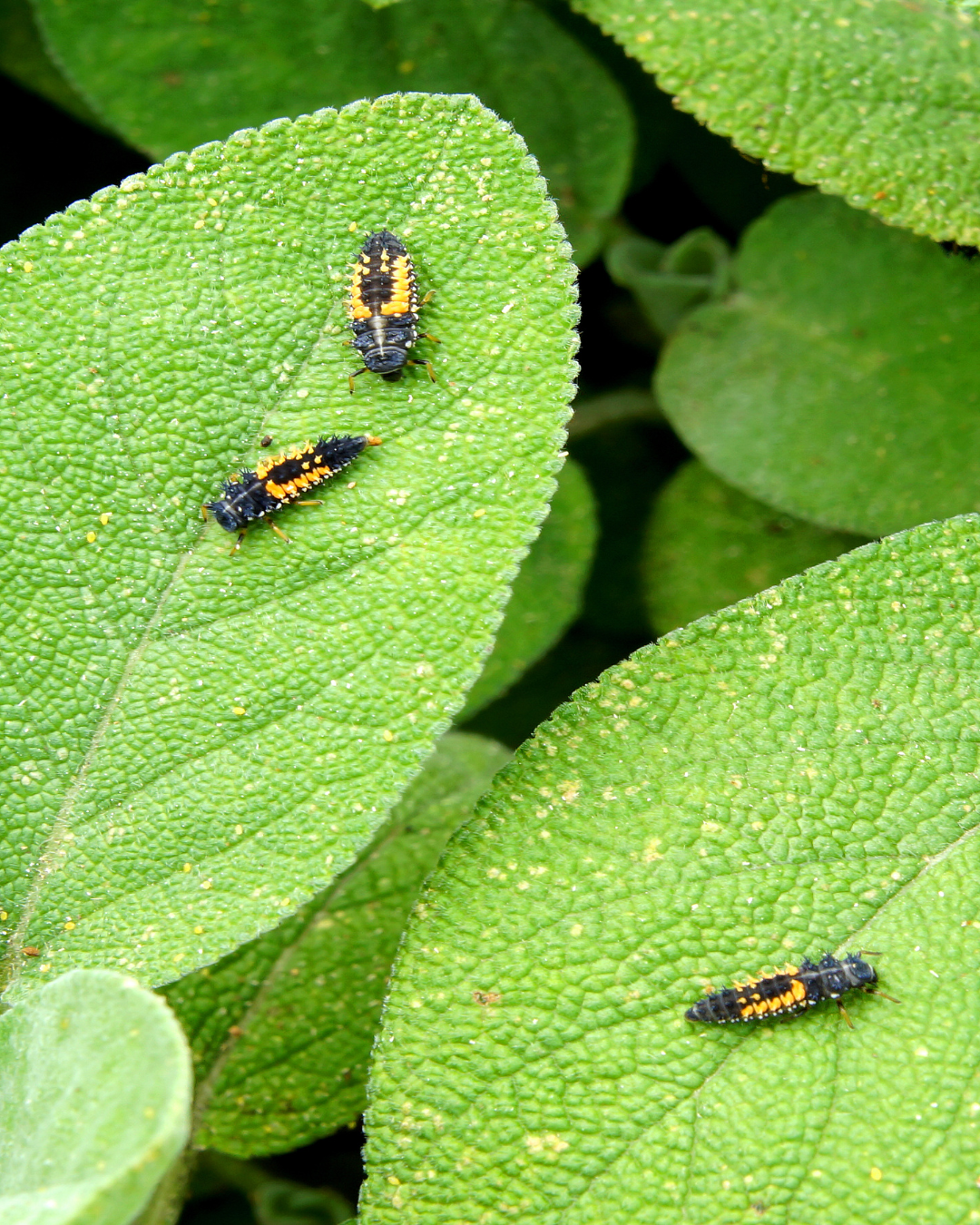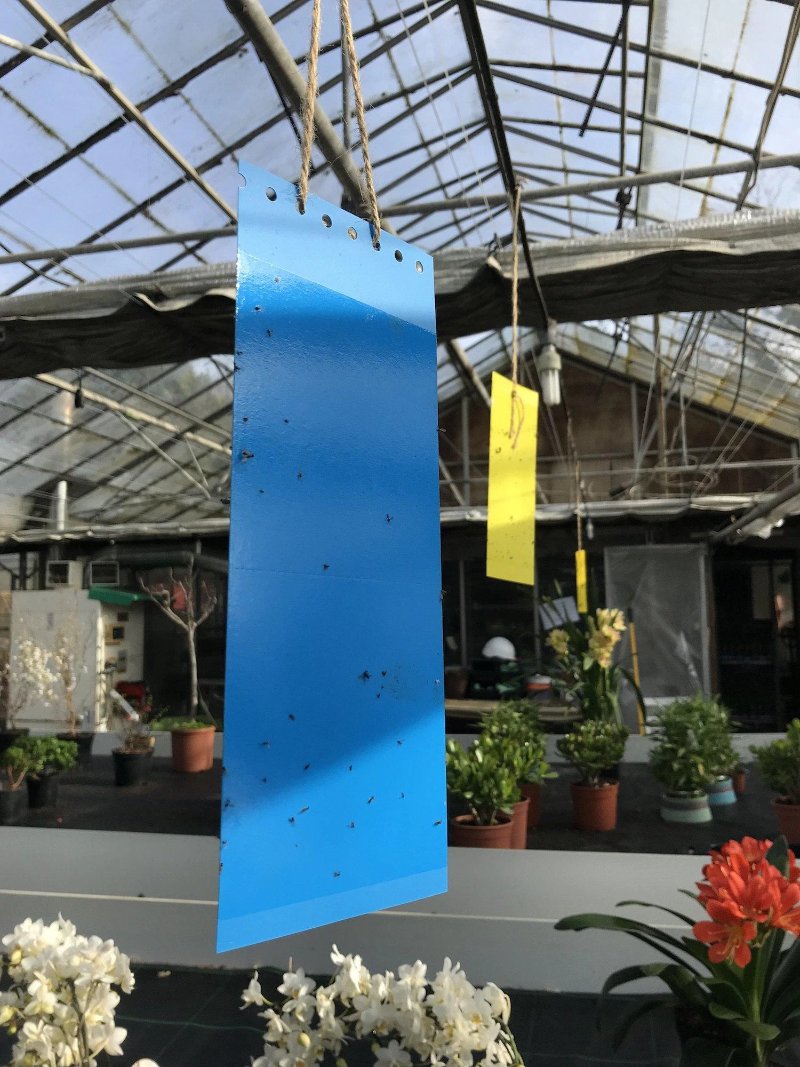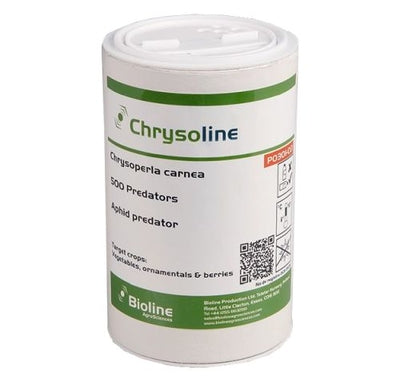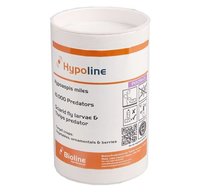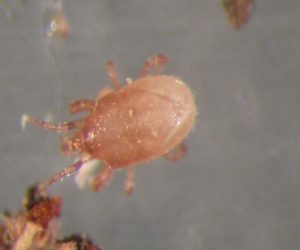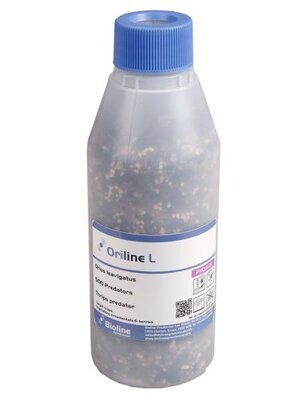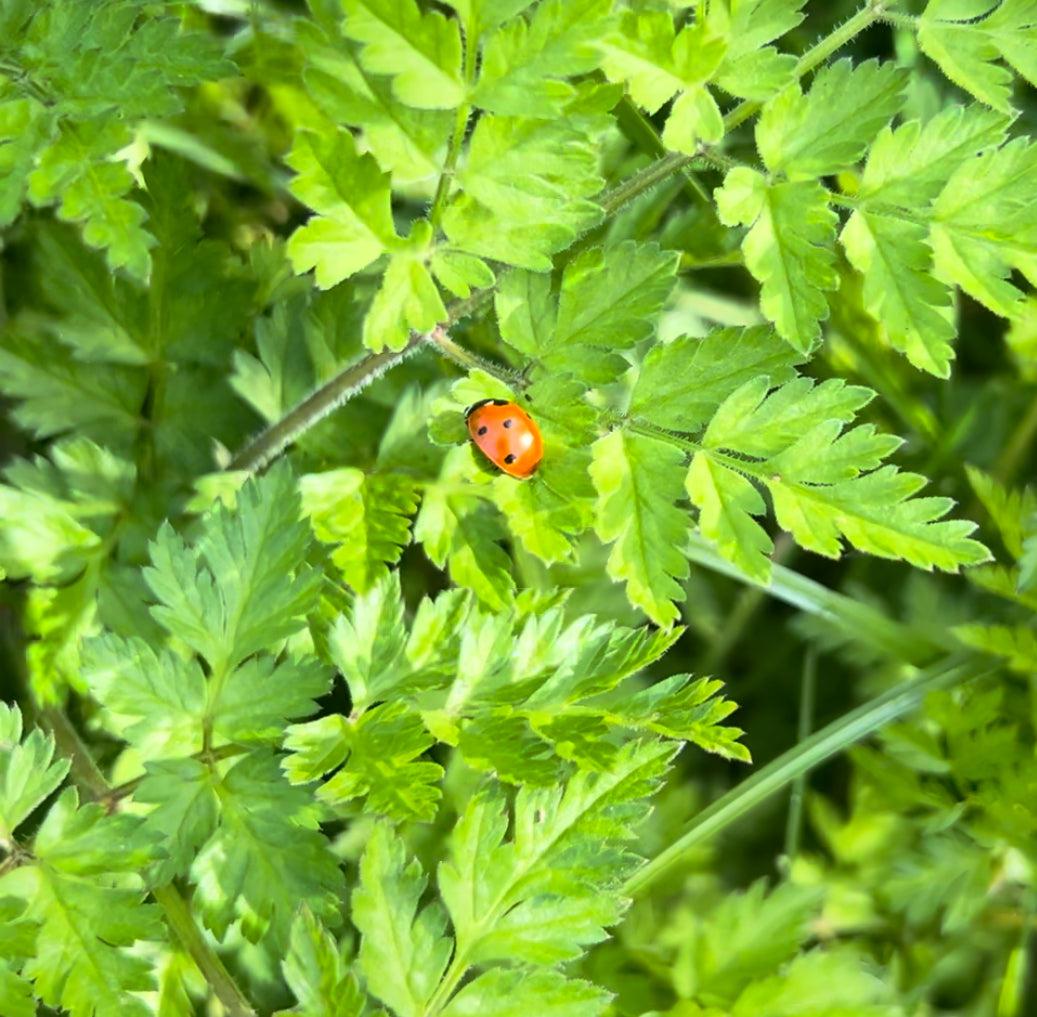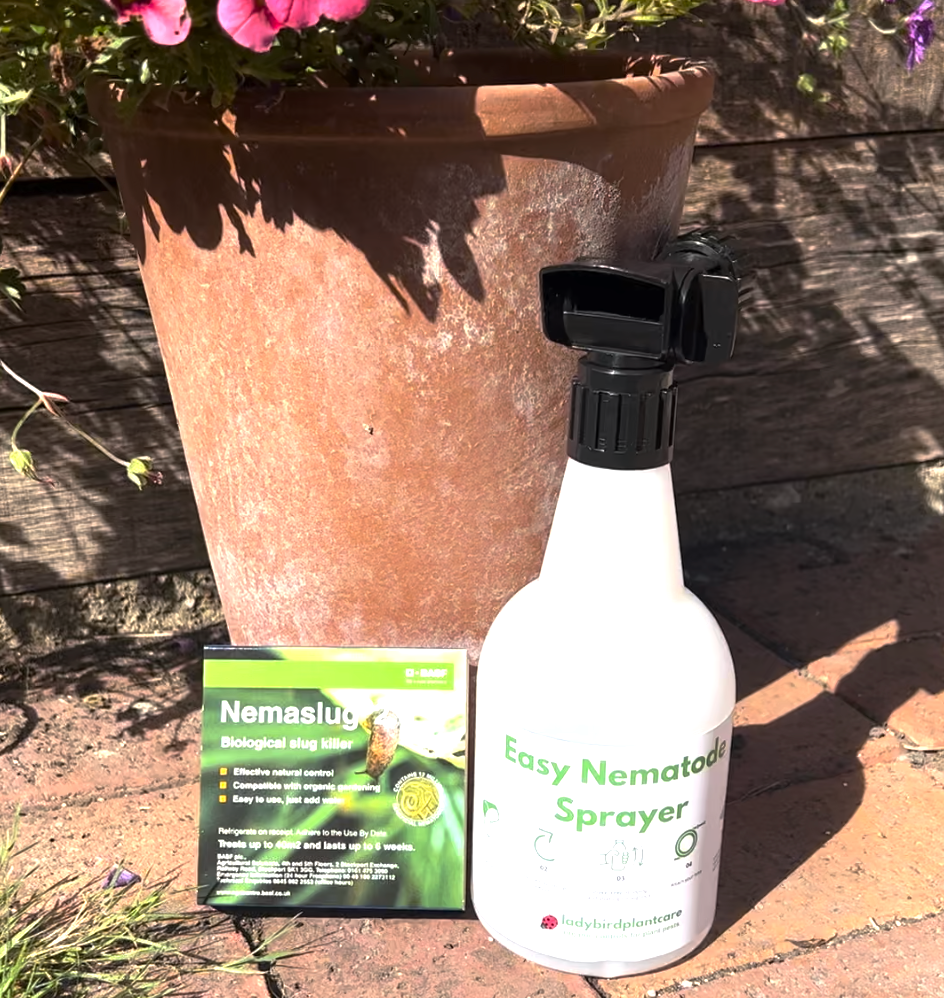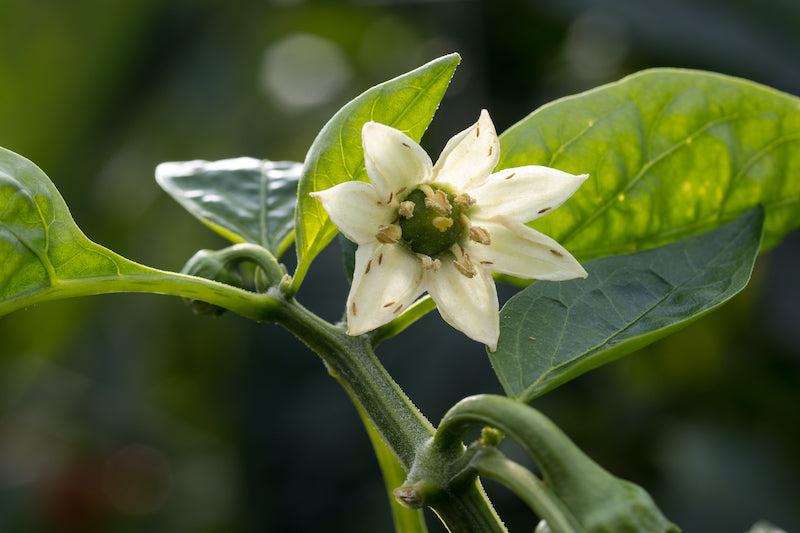The GrowTropicals Edit
At Growtropicals we're excited to partner with Ladybird Plantcare - a trusted provider of innovative, chemical free plant care products.
Conventional pesticides can leave their mark on the environment around us by affecting wildlife, pollinators and even our water systems. Ladybird Plantcare is committed to pest control solutions that protect not only your beloved houseplants but also the broader environment.
Each product has been meticulously tested on real plant collections to ensure effectiveness without causing harm to the environment.
Sort by:
12 products
12 products
Save your houseplants and seedlings from Sciarid fly/Fungus gnats and larvae damage with our parasitic nematodes.
Biological controls are not always kept in stock, they are ordered in fresh. This can sometimes lead to a time lag between when you place the order and when it is despatched.
The adult fungus gnats/sciarid flies live on and around the compost surface of pots, more commonly indoors rather than outside. The flies themselves are an unsightly nuisance but most of the damage is caused actually by their young. The small white larvae live in the compost and feed on the tender roots of plants and cuttings. They will also come to the surface to feed.
Nematodes are more effective if the sciarid population is high. The nematodes are watered on, and attack the sciarid larvae underground. Parasitic nematodes seek out suitable hosts by swimming in the thin film of water on soil particles, locating hosts by detecting carbon dioxide and other waste products. Once they find a host, they enter the body cavity through the breathing or feeding systems, and release bacteria (Xenorhabdus). The bacteria kills the host within hours, and the nematodes grow and reproduce within the 'broth', which they produce. The next generation of infective juveniles leaves the dead host, and moves in search of fresh hosts.
You can read the instructions for the nematodes HERE.
Combine with yellow sticky traps for better control. A second treatment may be required depending on the level of infestation and the life cycle stage of the pest.
Thrips Prevention - Thrips are very difficult to reach with chemical sprays but Amblyseius predator mites are small enough to find and eat them, release early as they control the first stages of the Thrips lifecycle.
These sachets contain a breeding colony of mites that crawl out slowly over a 4-6 week period and attack the larvae and pupae stages of Thrips. You can read the instructions for use HERE.
Inside the sachets can be used all year round and pose no risk to pets or humans.
Outside, for best results, introduce the Amblyseius in mid-May for frost-free glasshouses, or earlier where temperatures are constantly warm. Amblyseius will survive on pollen from flowers until the young thrips start to appear and provide them with a preferred diet, thus preventing an infestation from taking hold.
This product should be used in prevention of an outbreak so either around the time that you normally see Thrips or at the very first sign that they are present. If you already have a Thrips problem then please check out our other products for Thrips as you will need something that also controls the adult stage.
Amblyseius Andersoni is primarily used to prevent a spider mite infestation (especially in houseplants) or as an out of season control rather than as a solution for a bad infestation. It's an excellent product for catching the spider mites as they come out of hibernation in the early spring.
The sachets contain a breeding colony of mites that crawl out slowly over a period of 4-6 weeks stopping an infestation from taking hold. If you already have spider mites in large numbers please use Phytoseiulus first.
These predatory mites are widely used in commercial glasshouses to control unwanted plant pests. Amblyseius Andersoni is used to treat different species of Red Spider Mite (Tetranychus spp. and Panonychus spp.) Fuchsia Gall Mites, Pear Blister Mites, Rust Mites, Boxus Mite and Thrips, it can tolerate a wide range of high and low temperatures 6°C to 40°C, making it a great early season control.
Phytoseiulus is the number one method for controlling glasshouse red spider mite, and is widely used by both amateur gardeners and commercial growers.
This species is a highly active hunter and has become a standard spider mite treatment in many crops. It develops twice as fast as the spider mite at humidity levels that are above 60% (unfavourable to spider mites, favourable to Phytoseiulus), which allows a rapid control of outbreaks.
A female Phytoseiulus can destroy ten spider mite females and their young in just seven days under optimum conditions. The tube holds living predator mites hidden in a bran carrier. You may not be able to see anything but the carrier as the mites are very hard to see with the naked eye. The tubes contain approximately 2,000 mites.
Orders placed by 10am Monday will be despatched later in the week.
Some variants have been taken off sale while supply catches up with demand, they will be back within a week. A great alternative to ladybird larvae are aphid midge, or for larger areas lacewing larvae, both of these can be found here.
Both Ladybird adults and their Ladybird larvae are voracious eaters and can make a real difference to aphid (greenfly and blackfly) infestations both under glass and outside.
The ladybirds we supply are Adalia Bipunctata - the red two-spotted ladybird. They are one of many native species in the UK. Ladybirds are one of the most popular controls for aphids but they do not prey on other insects so will not help with pests such as thrips and spider mite. You can read instructions on how to release ladybirds for aphid control HERE.
The larvae are a more reliable predator as they cannot fly away.
If you have a large area to treat or have aphids in multiple areas of your home or garden then Lacewing larvae may be more suitable.
Some pack sizes are only available March to September.
Orders placed by 10am Monday will be despatched later in the week.
NB This predator is only active at temperatures in excess of 18-20°C
The most effective treatment for whitefly is the parasite "Encarsia". It is supplied on small cards which can be hung up around your plants. You can read the instructions for this product HERE.
The smallest packs (5 & 10 cards) are only available March to mid September. Biological controls are not always kept in stock, they are ordered in fresh. This can sometimes lead to a time lag between when you place the order and when it is despatched. Order by 10am Monday for same week despatch.
Glasshouse whitefly are small white flying insects which lay eggs on the undersides of leaves. Whiteflies suck sap from their host plant and drop sticky secretions onto leaves below. Left uncontrolled they will overwhelm the plant, weakening it and flying around in huge numbers. Undersides of leaves become populated with Whiteflies adults and white eggs (scales).
Whitefly are fairly inactive in cool temperatures over Winter, but multiply very quickly in warm Spring and Summer weather. They fly about at the slightest disturbance, like tiny moths, and may even create ghostly white clouds in the air.
Instructions for use
Encarsia works best with temperatures above 21°C but prefer cool glasshouse conditions below 25°C with 12hr+ daylight hours. Generally, this means introducing Encarsia from mid March to August, although it can be earlier or later with extra heat and light.
Hang cards on lower branches so that they may be in a slightly shady position.
5 cards should give good control for an average conservatory or small greenhouse. If you have a longstanding battle with whitefly follow up the initial treatment with a second introduction one weeks later. If you have a low lever of whitefly or are using Encarsia as a preventative method then application can be every 2 weeks.
Identifying Whitefly
Remember whiteflies are nearly always moving. If you see white threads static on tops of the leaves, they are not whitefly but something else - very likely to be shed aphid skins dropped down from developing Aphid under leaves above. Or they could be thrips larvae. They are not "whitefly" unless body and wings are a ghostly white.
The glasshouse whitefly (Trialeurodes vaporariorum)is the most common. You can recognise them by their heart-shape profile when looked from above. Tobacco whitefly (Bemisia tabaci) have parallel wings which are longer, and when folded you can still see a strip of their back between the wings. There are up to 50 different species of whitefly in Europe, but from a gardeners point of view they are all plant pests.
Although Encarsia is very effective for the common glasshouse whitefly, it doesn't work so well for tobacco whitefly. It's therefore worth trying to identify what whitefly you have before treating. If you need any help identifying the whitefly you have then please don't hesitate to contact us.
Traps are a great way to find out what pests are present on your plants and can trap a good quantity of flying and crawling pests.
Sold in packs of 5.
Sticky traps are a great way of monitoring and reducing pest numbers.
Yellow catch aphids, whitefly, leafminers, fungus gnats and more. The yellow trap are eco friendly card traps.
Blue traps are great for thrips.
Red traps for monitoring and controlling leafhoppers.
Lacewings are best known as a predator of aphids, and fully deserve the nickname "aphid lion" as a single insect can consume 100-600 aphids in its lifetime.
You can read the instructions for this product HERE.
Sold in 500s or 1000s. Orders placed by 10am Monday will be despatched later in the week.
Hypoaspis (also known as Stratiolaelaps scimitus) are mobile predatory mites that feed on sciarid fly larvae and other 'soil' pests including springtails, thrips pupae, root weevils, root aphids and root mealybug. They will also control overwintering spider mites.
The mites are small, barely visible to the naked eye, and have a light brown to tan colour. They are beneficial because they feed on a variety of harmful pests, including fungus gnats, thrips larvae, root aphids, and other small insects and mites that reside in the soil. These predatory mites are particularly effective in controlling pests in the early stages of their life cycle.
When introduced into the soil or growing media of plants, the mites actively search for prey, consuming the pest larvae and eggs, thus helping to reduce their populations and prevent potential damage to crops. They are considered a safe and environmentally friendly alternative to chemical pesticides, making them a valuable tool in integrated pest management strategies.
Sold in 2 sizes, place your order by 10am Monday for delivery later in the week.
Orius laevigatus is the final frontier for fighting a Thrips infestation. We sell a mixture of 500 adults and nymphs to attack all stages of Thrips, one of the only biological control agents that is able to kill adult thrips.
Orius bugs will also feed on aphids, mites, whiteflies and moth eggs.
Orius laevigatus performs well on the majority of plants, particularly those with pollen producing flowers. Orius predators work better when contained/confined. This can be done by isolating the plants you are treating to one room and closing them in or covering the plants with netting. More about netting here
Products should be ordered by Monday 10am for despatch the same week, get in touch if you would like a different despatch day.
The best predator to attack mealybug is the brown Australian Ladybird "Cryptolaemus montrouzieri". These predators work best when temperatures are above 20°C with good light
This product is sent directly from the breeder.
These predators work better when you can keep them in place, either in a closed off room or by using a physical barrier like Insectonet.

